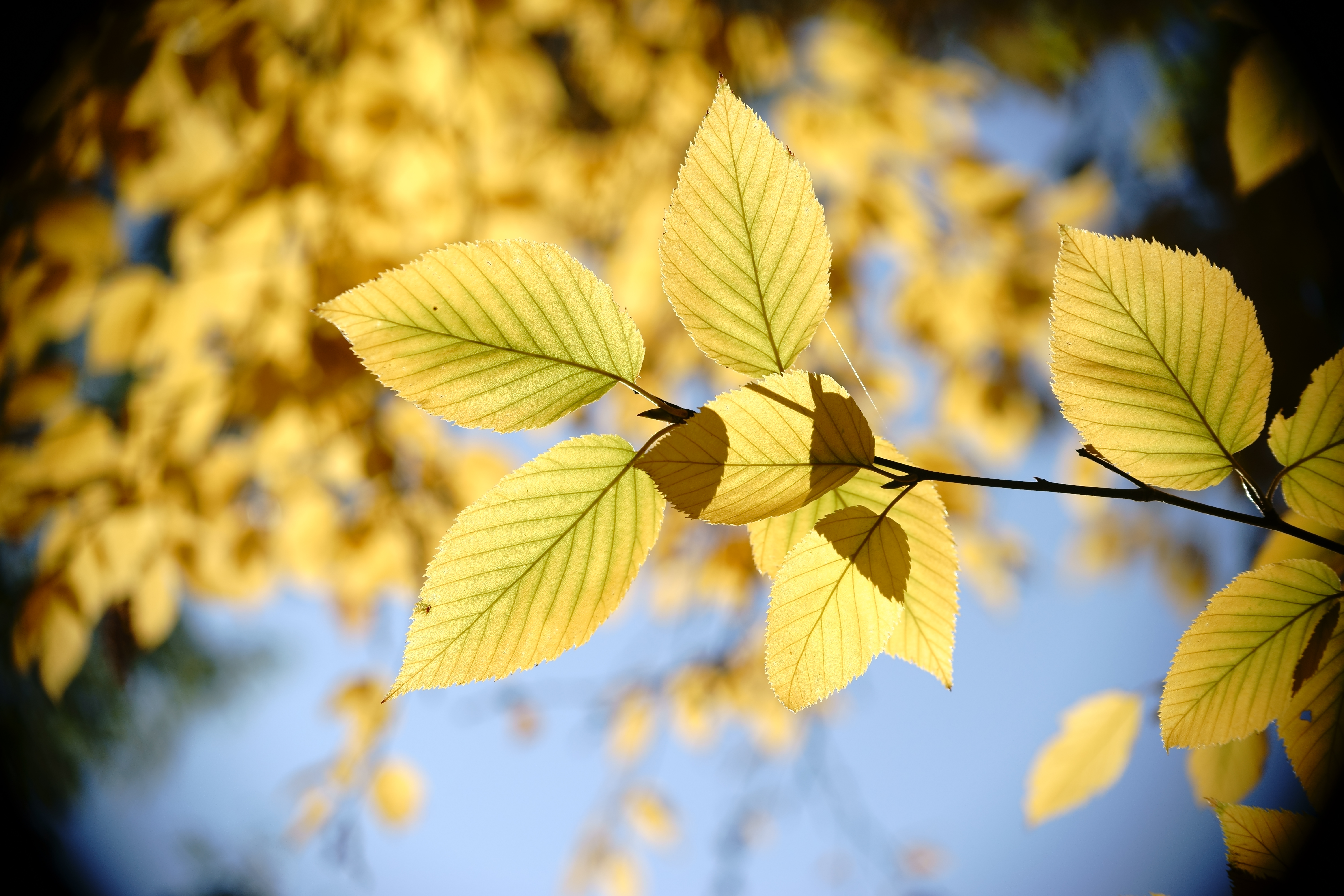Yellow birch
(Betula alleghaniensis)

Description
Betula alleghaniensis, the yellow birch, golden birch, or swamp birch, is a large and important lumber species of birch native to northeastern North America. Its vernacular names refer to the golden color of the tree's bark. The name Betula lutea was used expansively for this tree but has now been replaced. Betula alleghaniensis is the provincial tree of Quebec, where it is commonly called merisier, a name which in France is used for the wild cherry. It is a medium-sized, typically single stemmed, deciduous tree reaching 60–80 feet (18–24 m) tall (exceptionally to 100 ft (30 m)) with a trunk typically 2–3 ft (0.61–0.91 m) in diameter, making it the largest North American species of birch. Yellow birch is long-lived, typically 150 years and some old growth forest specimens may last for 300 years. It mostly reproduces by seed. Mature trees typically start producing seeds at about 40 years but may start as young as 20. The optimum age for seed production is about 70 years. Good seed crops are not produced every year, and tend to be produced in intervals of 1–4 years with the years between good years having little seed production. The seeds germinate best on mossy logs, decaying wood or cracks in boulders since they cannot penetrate the leaf litter layer. This can lead to odd situations such as yellow birches with their roots growing around a tree stump, which when it eventually rots away leaves the birch standing atop stilt-like roots. Yellow birch saplings will not establish in full shade (under a closed canopy) so they typically need disturbances in a forest in order to establish and grow. The tree is fairly deep-rooted and sends out several long lateral roots. The yellow birch was first described by François André Michaux in 1812 as Betula lutea. In 1904, Nathaniel Lord Britton described what he considered to be a new closely related species of birch as Betula alleghaniensis, differing from B. lutea by its shorter fruiting scales and mostly cordate (vs. rarely cordate) leaf bases. After comparing the descriptions and illustrations of B. lutea and B. alleghaniensis, Merritt Fernald found the latter to be identical to B. lutea, but did confirm the existence of two varieties. Later, the name Betula lutea was determined illegitimate as it was superfluous to the older name that Michaux had listed as a synonym, Betula excelsa Aiton (1789).
Taxonomic tree:







